The GS, launched at the Paris Auto Salon in 1970 as the successor to the Ami 8. The streamlined body shape of the GS allowed low consumption and above-average speed. It was voted European Car of the Year for 1971 and was the most technologically advanced car in its class. It filled the gap between Citroën’s economy 2CV /Ami models and luxurious DS range. It offered the new flat-4 air-cooled engine and a hydraulic suspension system similar to the DS in a design package that was modern and incredibly efficient. The GS met with instant market acceptance and was the largest selling Citroën model for many years.
Visually the GS bore little resemblance to any other car on the market, until the development of the Citroën CX in 1974. The GS was designed “in house” by Robert Opron (who also designed the SM and the CX) and was controversial — a hatchback layout was considered too utilitarian by CEO Pierre Bercot, but was introduced later with the arrival of the GSA. The trunk was nevertheless exceptionally large, in part due to the positioning of the spare wheel on top of the engine.
The GS had a front-wheel drive and air-cooled four-cylinder boxer engine. The 1,015 cc (1,008 cc Fiscal) engine with 54 DIN PS at 6,500 rpm was available at launch and achieved a maximum speed of 145 km / h at a fuel consumption rate of just 9.7 l / 100 km. It was followed by other air-cooled four-cylinder engines with an output of up to 65 hp.
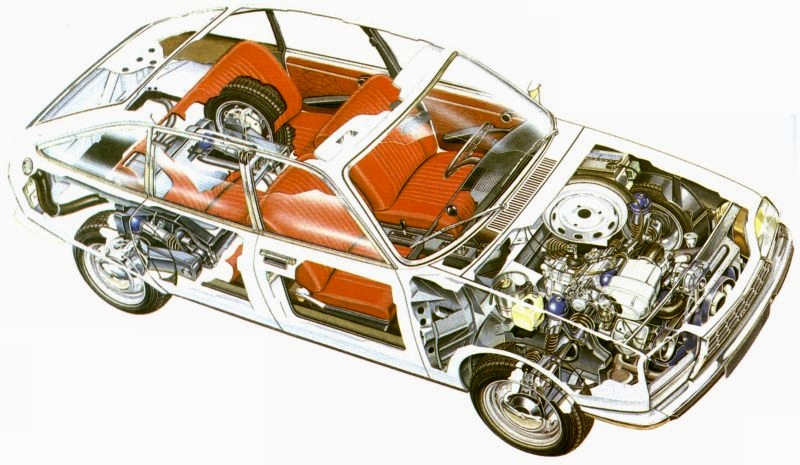
The GS was offered in two trim levels; GS Club as the entry model and GS Pallas (only sedans) with full wheel covers, side moldings, tinted glass and upgraded upholstery. The GS was also available, from September 1971 as a break (estate) and a similar two-door “service” van.
The GSA replaced the GS in 1979 and added a hatchback as well as upscale amenities. It also had a revised dashboard with the auxiliary controls on column-shaped pods so they could be reached without moving the hands from the single-spoke steering wheel; similar to the CX layout. Both the early GS (produced until 1976) and the GSA have the unusual rotating drum speedometer, rather than the dial type found conventional dashboard. The later GS (from 1977 until the introduction of the GSA) had a conventional speedometer.
Citroën introduced a GS Birotor (featuring a 2 rotor Wankel engine – 1,990 cc and 107 DIN PS at 6,500 rpm) for a brief period in 1974 and 1975. Due to its high price but more notably poor engine seals that lasted about 10,000 km, it was quickly pulled from the market after 847 units sold. Citroën attempted to buy back and scrap each Birotor, as it did not want to support the model with spare parts. A few of these remarkable vehicles have nonetheless survived in the hands of collectors.
Between 1970 and 1981, 1,896,742 copies of the GS were made, in addition to 847 GS Birotor. From 1979 to 1987, over 565,000 units of the GSA were produced.
The GS was never officially imported to the North America, though some demonstrators were brought over and, in Canada at least, the six imported were sold to Citroën employees.
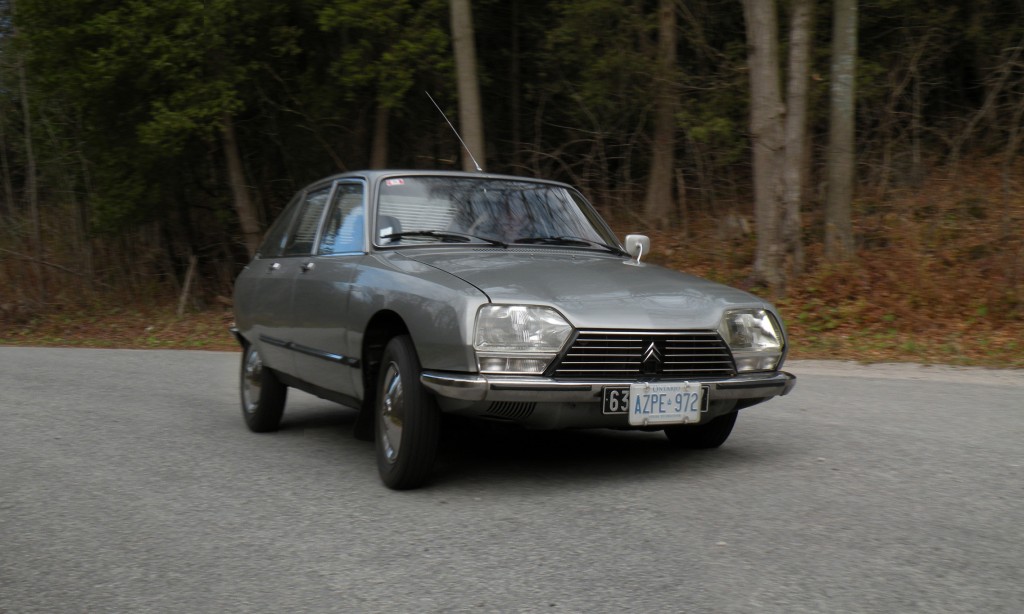
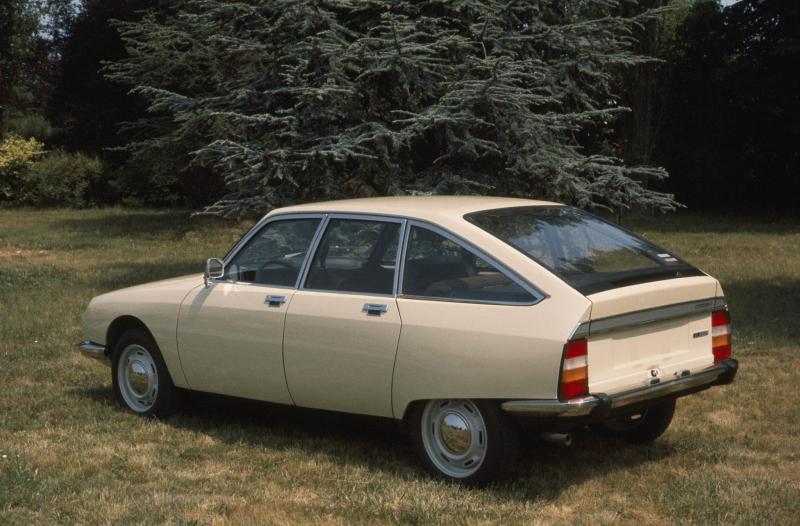
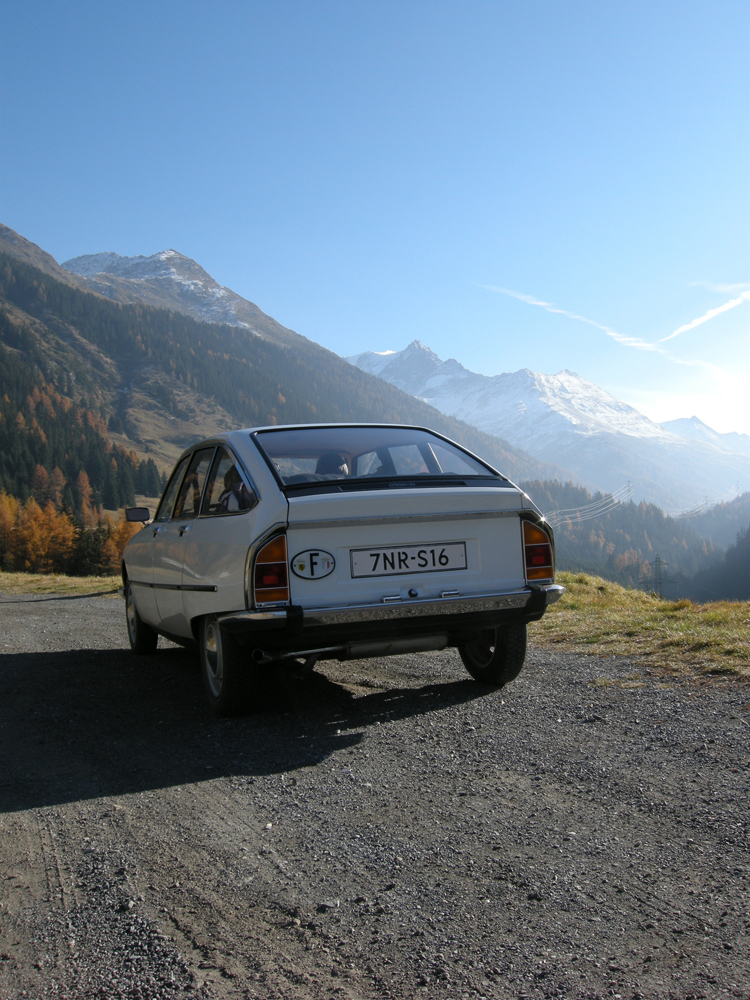
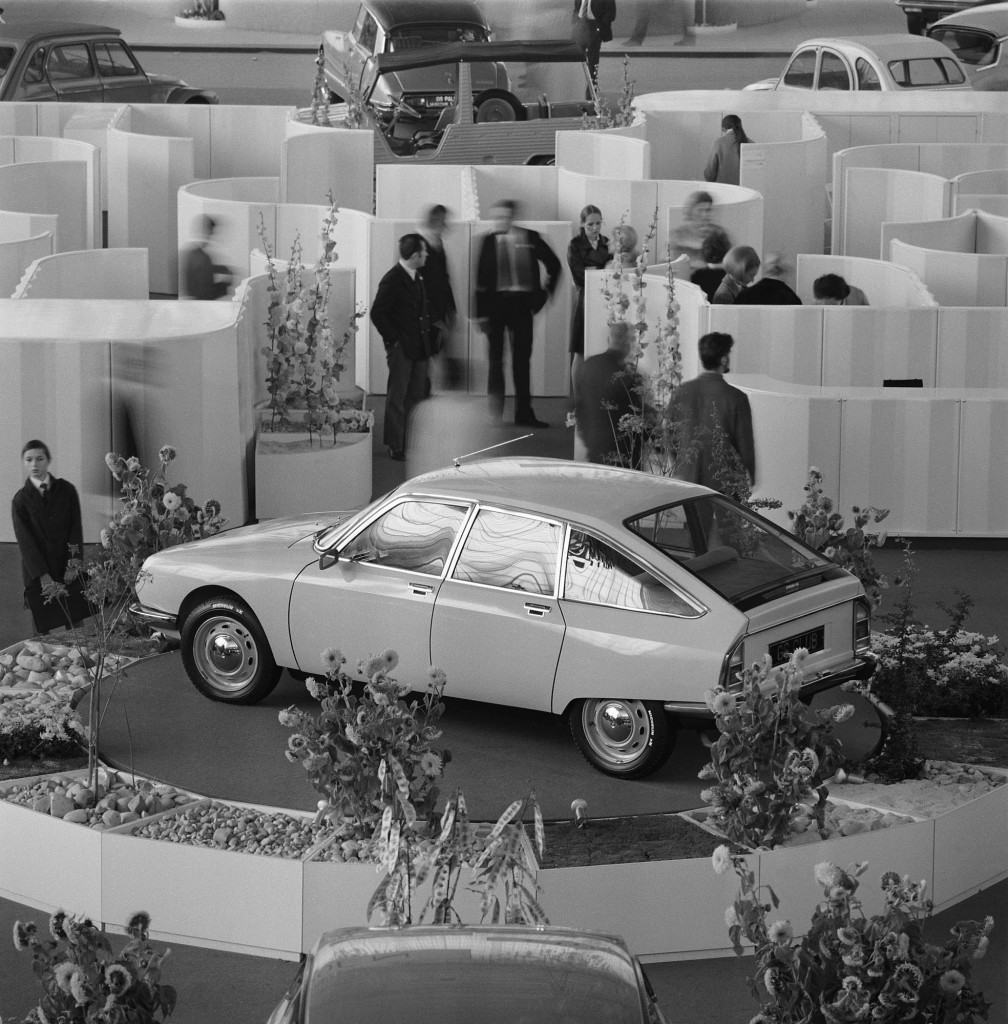
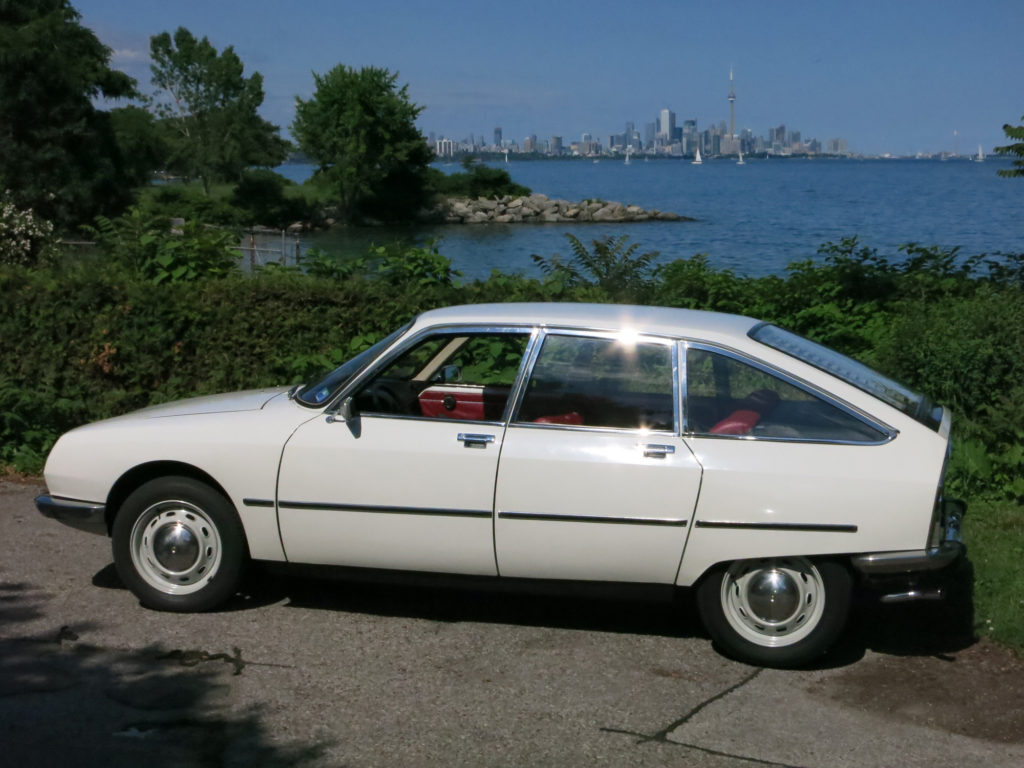
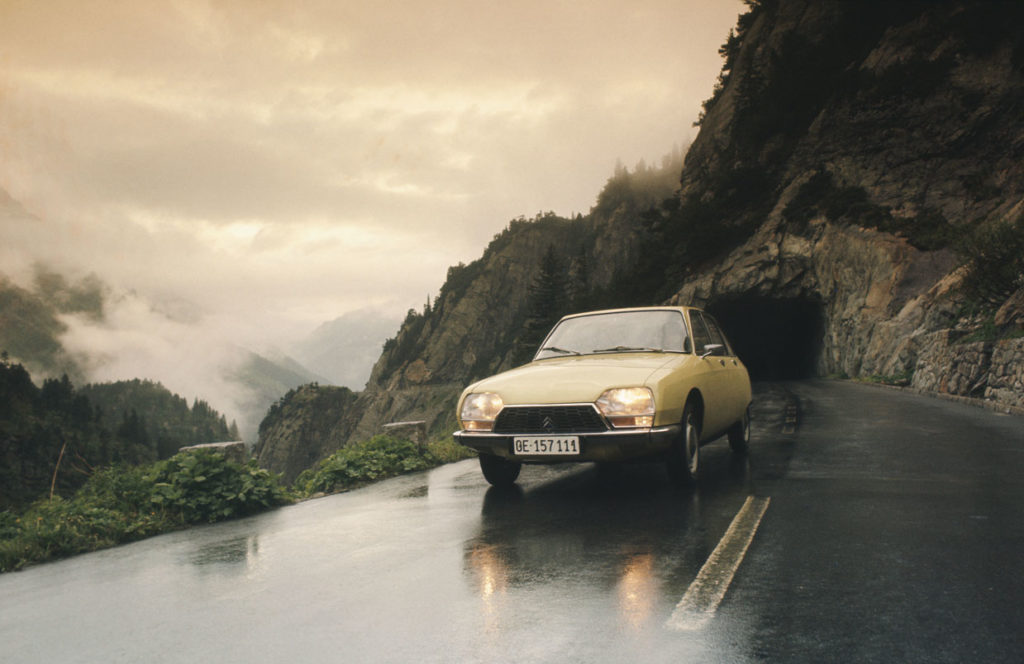
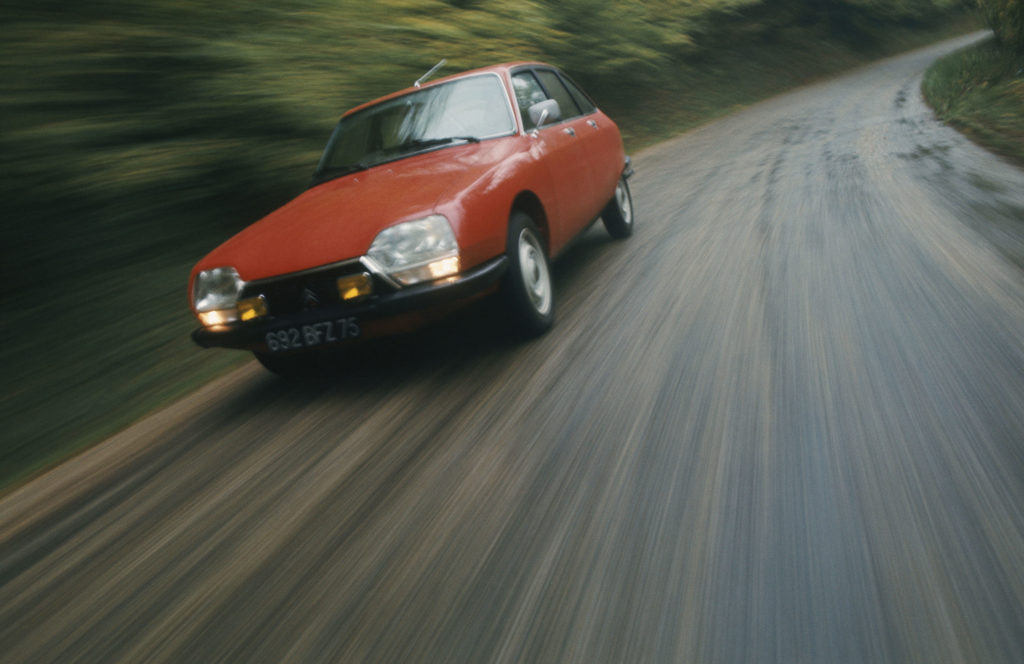
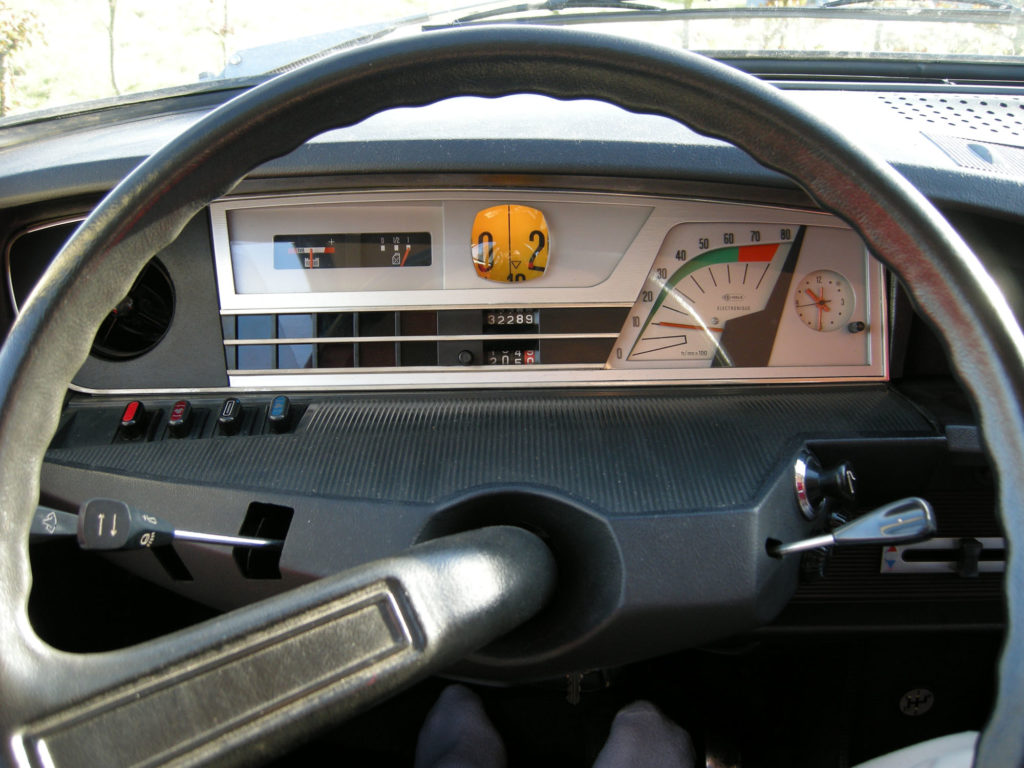
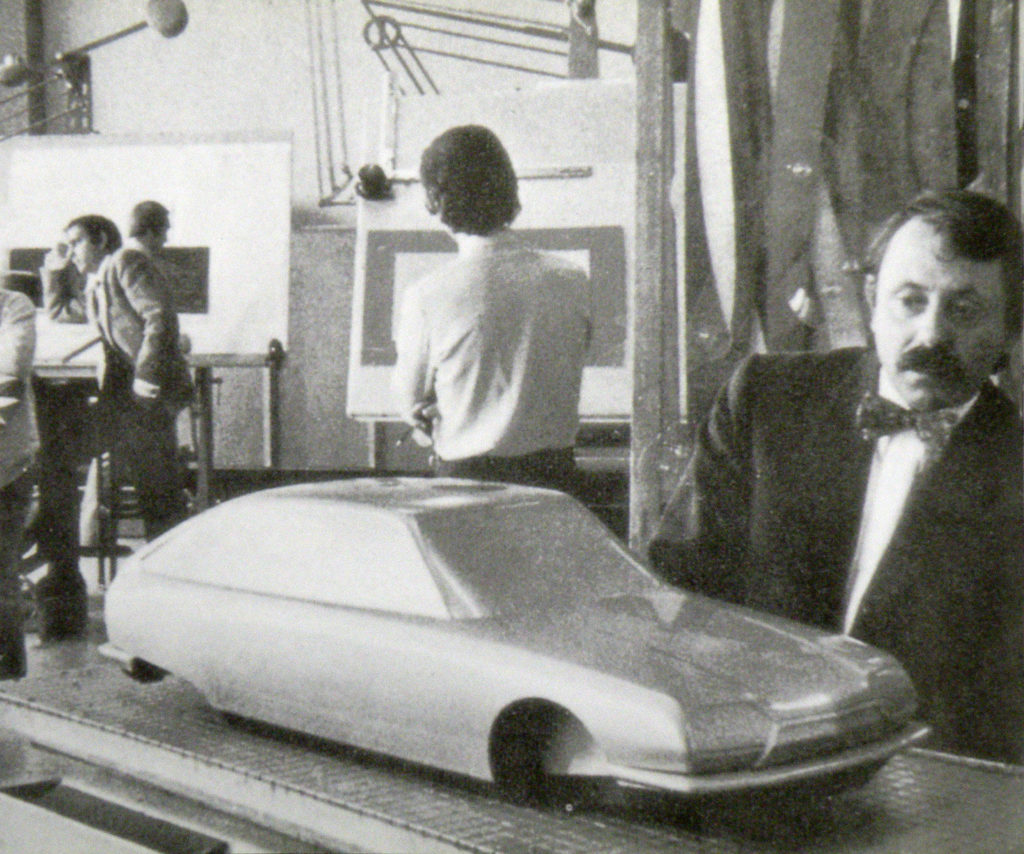
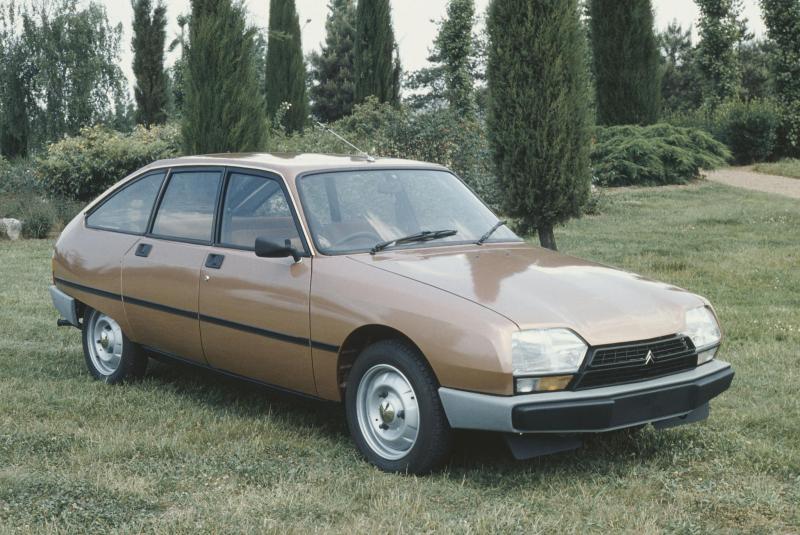
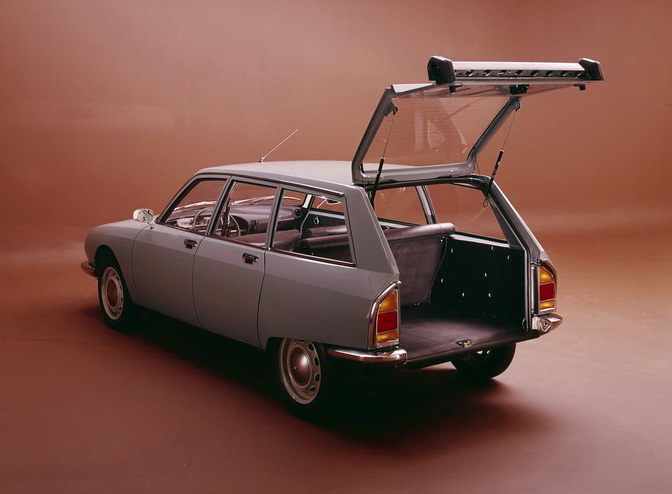



We have a 1982 GSA Pallas brought over by a consulate employee. It is in conservation storage just now due to leaky oil return tubes.
Are you interested in selling it? We have interested buyers.
Hello, I owned the white GS with chopsticks, do you know its current owner?
The white GS pictured on the page with license number 7NR S16 is presently owned by George Dyke, Editor of Citroenvie. Contact him at citroprez@gmail.com.